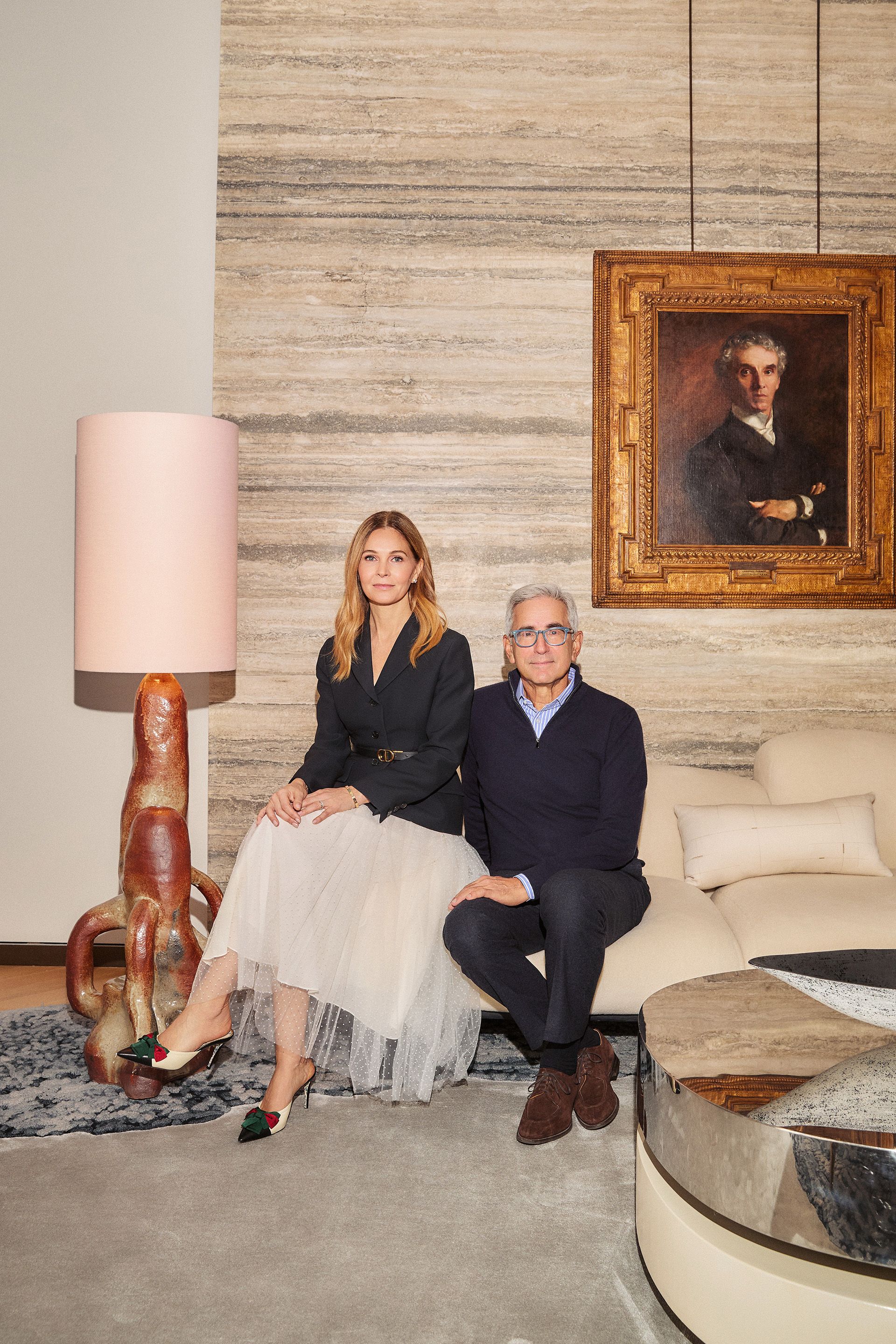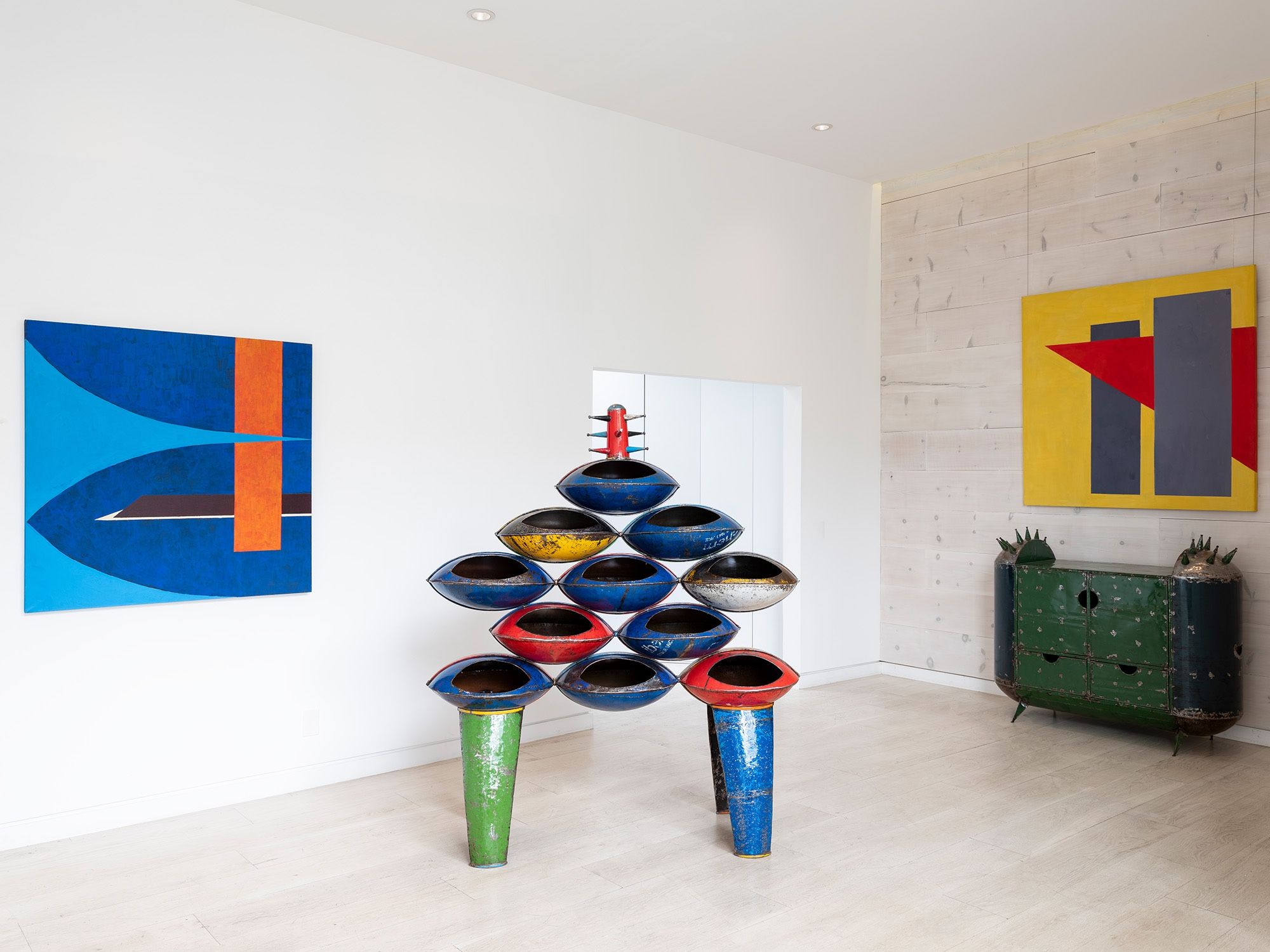IN THE MIX OCTOBER 27 2023
by Design Miami
Design Miami/ 2023 Curatorial Director Anna Carnick on the vision behind this year’s curatorial theme, Where We Stand
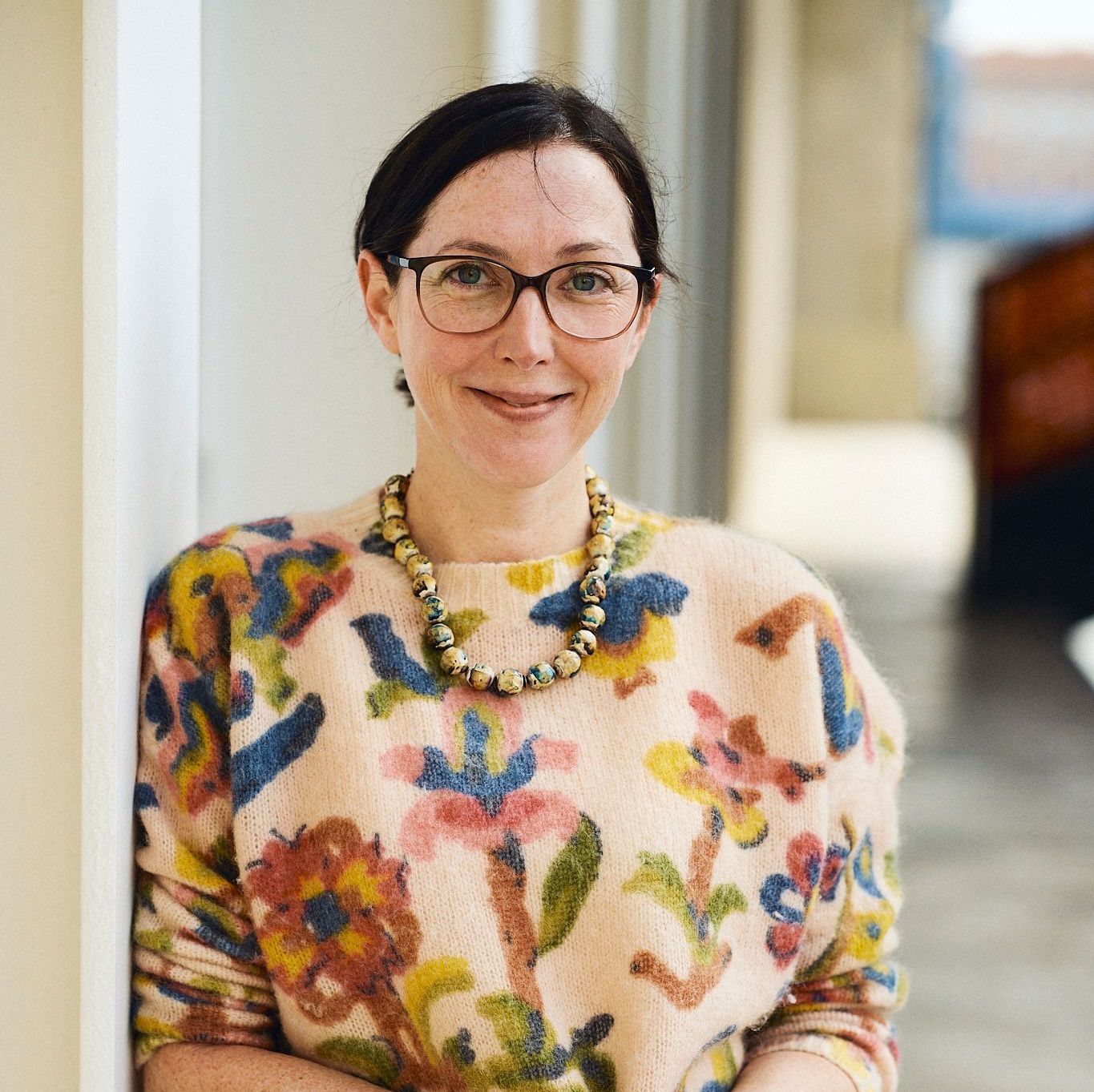
DESIGN MIAMI/ 2023 CURATORIAL DIRECTOR ANNA CARNICK
Portrait by Paul Barbera
Anna Carnick has been weaving stories through design her entire career. As a writer and a curator, Carnick has consistently identified and celebrated exceptional emerging talents and championed design’s potential to nurture community. Throughout her work, she has embraced the storytelling power of design to not only reflect on the issues of our day but to also inspire and connect.
In addition to her independent projects, for the past few years, Carnick has served, along with partner Wava Carpenter, as Design Miami’s Co-Editor-in-Chief, while also overseeing the fair’s philanthropic initiatives. Together, Carnick and Carpenter are, as well, founders of Anava Projects, a creative agency with a strong commitment to supporting design that makes a positive social impact; the agency is responsible for curating several statement-making design moments by emerging and established artists and high profile collaborators—including Carpenters Workshop Gallery, Miami Design District, Cinque Vie, Germane Barnes, gt2P, Maryam Turkey, Studio Proba, and more.
Now, Carnick sets her sights on Design Miami/ 2023, taking place in Miami this December. We sat down with the American-born, Berlin-based creative to learn more about the vision behind the upcoming fair’s curatorial theme, Where We Stand.
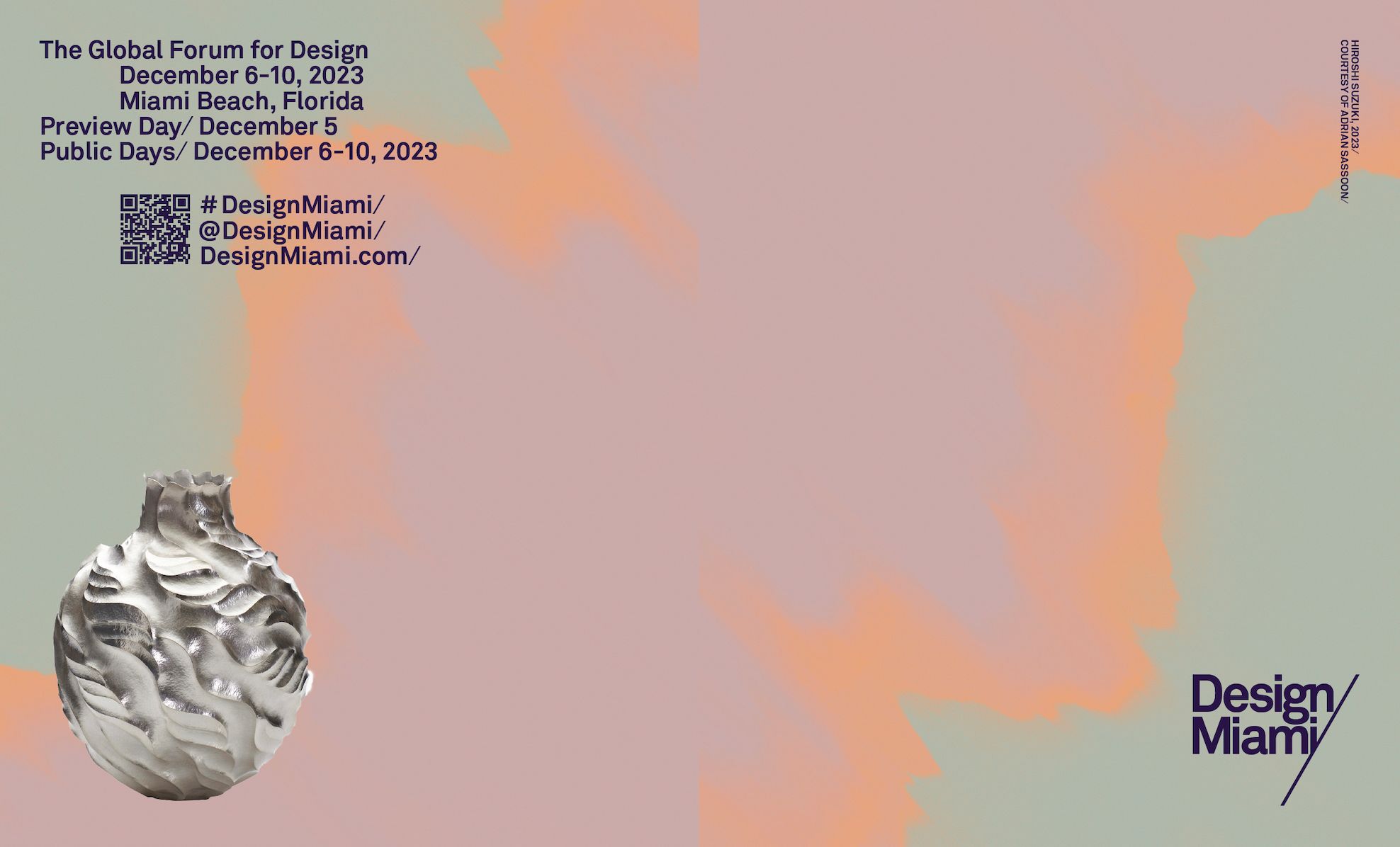
"There’s a quote I return to often. Activist and novelist Elif Shafak wrote: 'Stories bring us together. Untold stories keep us apart.' Storytelling is how we access one another’s humanity. At pivotal moments such as this, an exchange of stories feels all the more urgent. Stories—whether crafted in words or wood—matter."
—Anna Carnick
Design Miami/Tell us about this year’s theme, Where We Stand.
Anna Carnick/Where We Stand was conceived as a celebration of design inspired by place, community, and heritage—and the beauty and strength that can be drawn from our most intimate, rooted connections. It asks: How does our relationship to the very ground beneath our feet and the people with whom we share it inform our sense of belonging, the obligations we have to one another, and our paths forward?
At the same time, the theme is an invitation to consider design objects from around the globe as anthropological markers that reveal an array of narratives about the world in which they were made. Particularly now—at a complex moment marked far too often by polarization—Where We Stand highlights the storytelling power of design, and, in turn, its potential for nurturing connectivity.

ZIZIPHO POSWA'S MAM'UNOSAYINI( 2023), PART OF A SERIES MADE IN HOMAGE TO THE DAILY LABORS PERFORMED BY WOMEN IN POSWA’S HOME VILLAGE OF HOLELA IN RURAL EASTERN CAPE, SOUTH AFRICA. THE LARGE-SCALE PIECES HIGHLIGHT THESE WOMEN’S ROLES AS CUSTODIANS OF XHOSA CUSTOMS WHO PASS TRADITIONS ON FROM ONE GENERATION TO THE NEXT.
Photo courtesy of Hayden Phipps/Southern Guild
DM/Why this theme now?
AC/There’s a quote I return to often in recent years. Activist and novelist Elif Shafak wrote: “Stories bring us together. Untold stories keep us apart.” Storytelling is how we access one another’s humanity. And at pivotal moments such as this, an exchange of stories, and holding space for a variety of voices, feels all the more urgent. Stories—whether crafted in words or wood—matter.
Many of today’s most exciting designers are answering the call for connection by telling their personal stories through objects. The highlighted, narrative-driven works hold a collective mirror up to this moment, offering an array of personally inspired but broadly resonant narratives on topics ranging from celebrations of community to socially conscious reflections on some of the most pressing issues of our day.
I hope encounters with these stories—and I say stories, plural, as of course no one story can define any place or time—encourage reflection and thoughtful discourse on our interconnectedness. I genuinely believe the only promising way through this challenging moment is together.
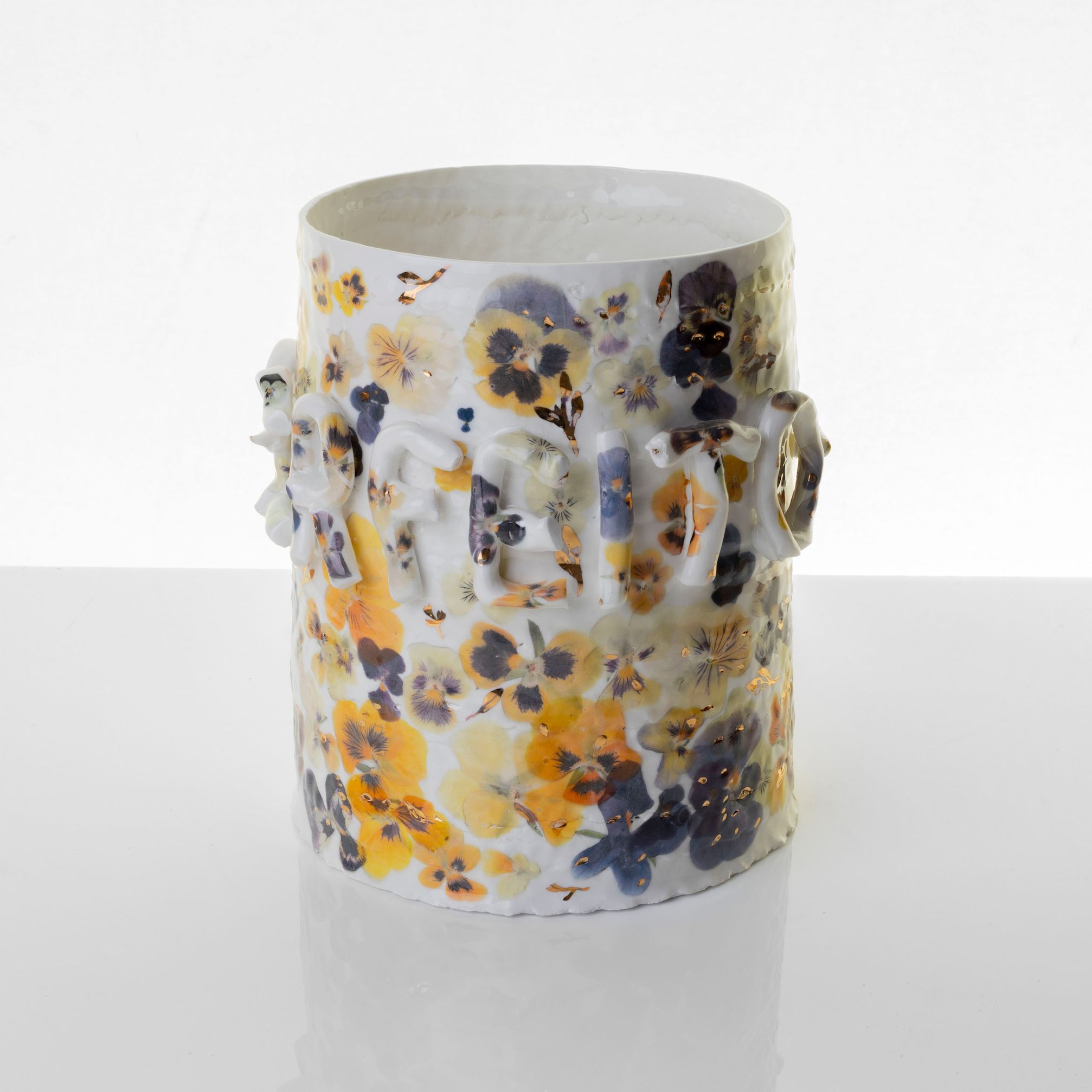

TONI DE JESUS' AMOR PERFEITO (2023), A PORCELAIN VESSEL INSPIRED BY THE ARTIST’S JOURNEY OF COMING OUT TO HIS FATHER
Photos courtesy of J. Lohmann Gallery
DM/Can you tell us about any of the work that will be exhibited this year?
AC/This year’s fair will present an array of perspectives from around the globe by emerging and established designers that take on topics spanning social and environmental justice, spirituality, cultural preservation, community building, and more. Highlights include new, poetic pieces by (and Design Miami/ debuts of) Nigerian designer Nifemi Marcus-Bello presented by LA’s wonderful Marta gallery. They’ll reveal a collection of sand cast metal furniture resulting from investigations into Lagos’s thriving micro craft community; as well as a special, separate work reflecting on the human toll of the immigration crisis.
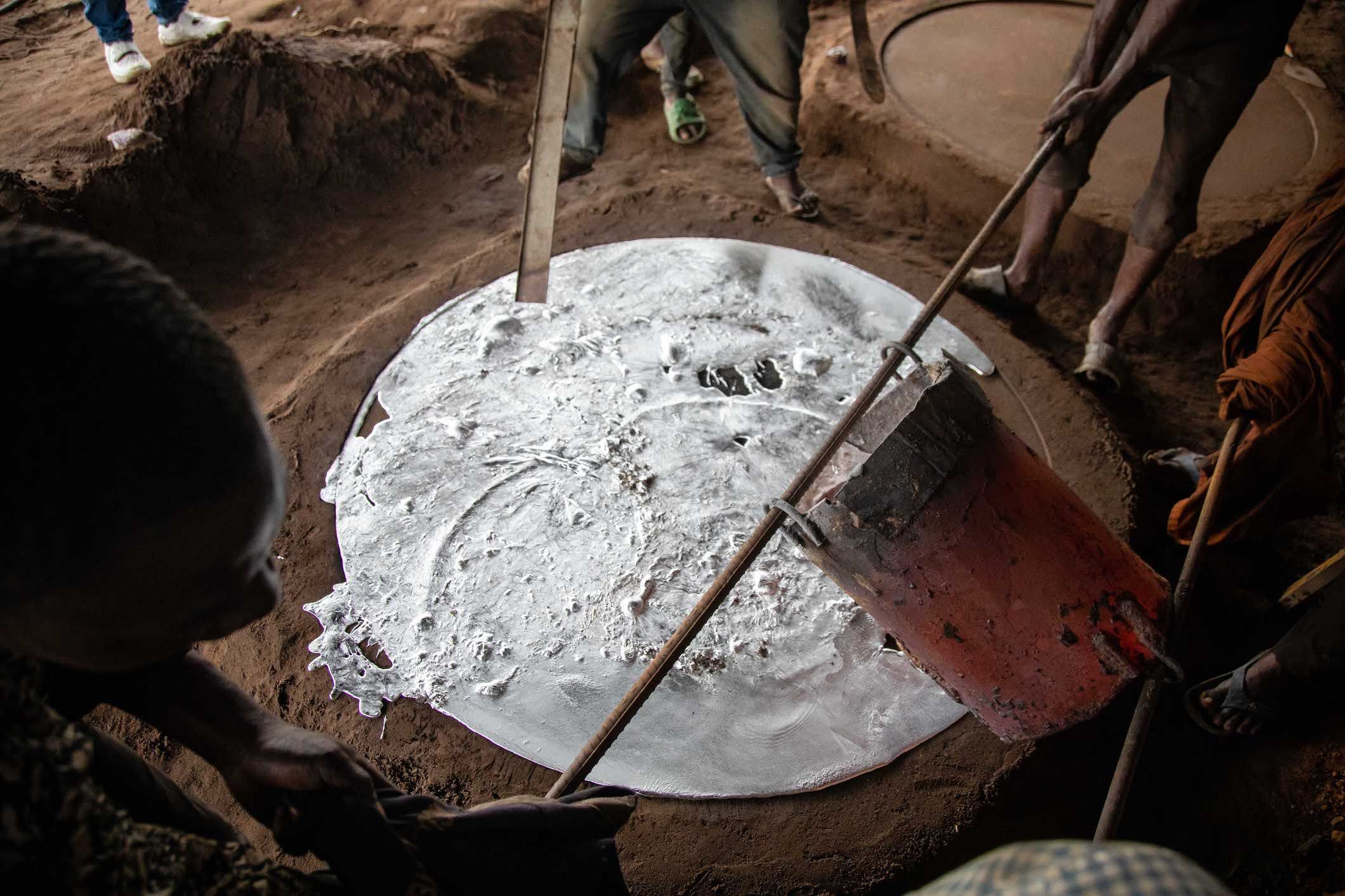
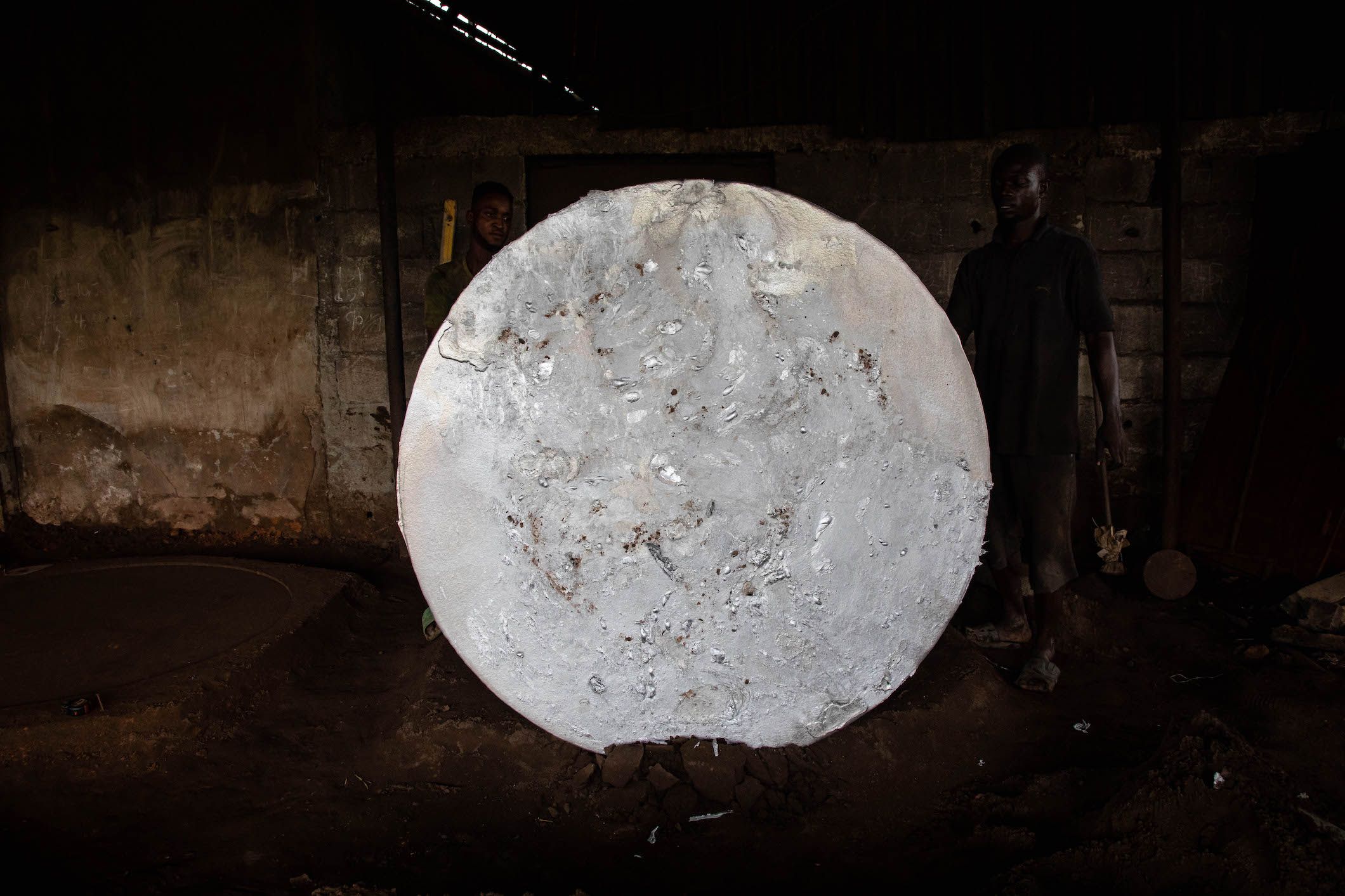
THE MAKING OF NIGERIAN DESIGNER NIFEMI MARCUS-BELLO'S NEW COLLECTION, ORÍKÌ ACT II: TALES BY MOONLIGHT
Photos by Jide Ayeni; Courtesy of Nifemi Marcus-Bello and Marta, Los Angeles
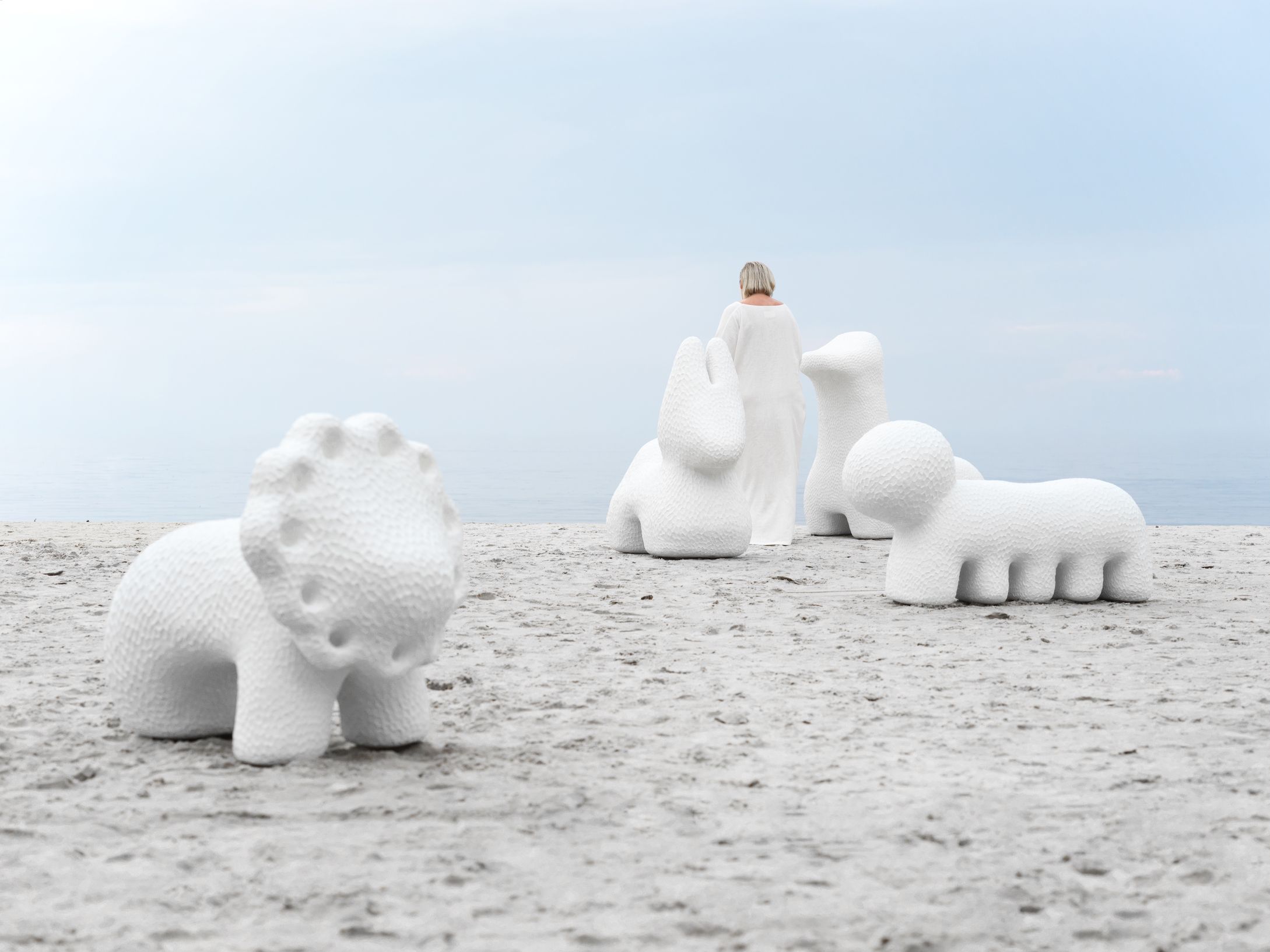
THE LAND OF LIGHT COLLECTION BY UKRAINIAN DESIGNER VICTORIA YAKUSHA
Photo by Dima Kutsenko; Courtesy of Victoria Yakusha
There are also a number of incredible ceramics exploring identity, race, gender, sexuality, and community by the likes of Portuguese-British designer Toni De Jesus, South African ceramicist Zizipho Poswa, and American ceramicists Donté Hayes and Roberto Lugo; as well as a new handcrafted furniture collection inspired by the undimmable spirit of the Ukrainian people by Victoria Yakusha. Marina Abramović will make her Design Miami/ debut, with the presentation of her first furniture works—conceived as a meditation on the metaphysical qualities of objects. And Amsterdam-based Rademakers Gallery will present The Space In-Between, a Curio by design duo Rive Roshan that offers visitors a peaceful environment in which to contemplate what is possible in the spaces between us—through objects that highlight shifting perspectives. One especially striking series within is the Voices Vessels, 3D printed in sand, conceived as a tribute to the brave voices of Iranian women and their allies calling for freedom. And multiple, esteemed galleries will present important historic works—including pieces by George Nakashima, Joseph Hoffman, Suzanne Ramie, and more—that consider our predecessors’ invaluable contributions to the present day design landscape.

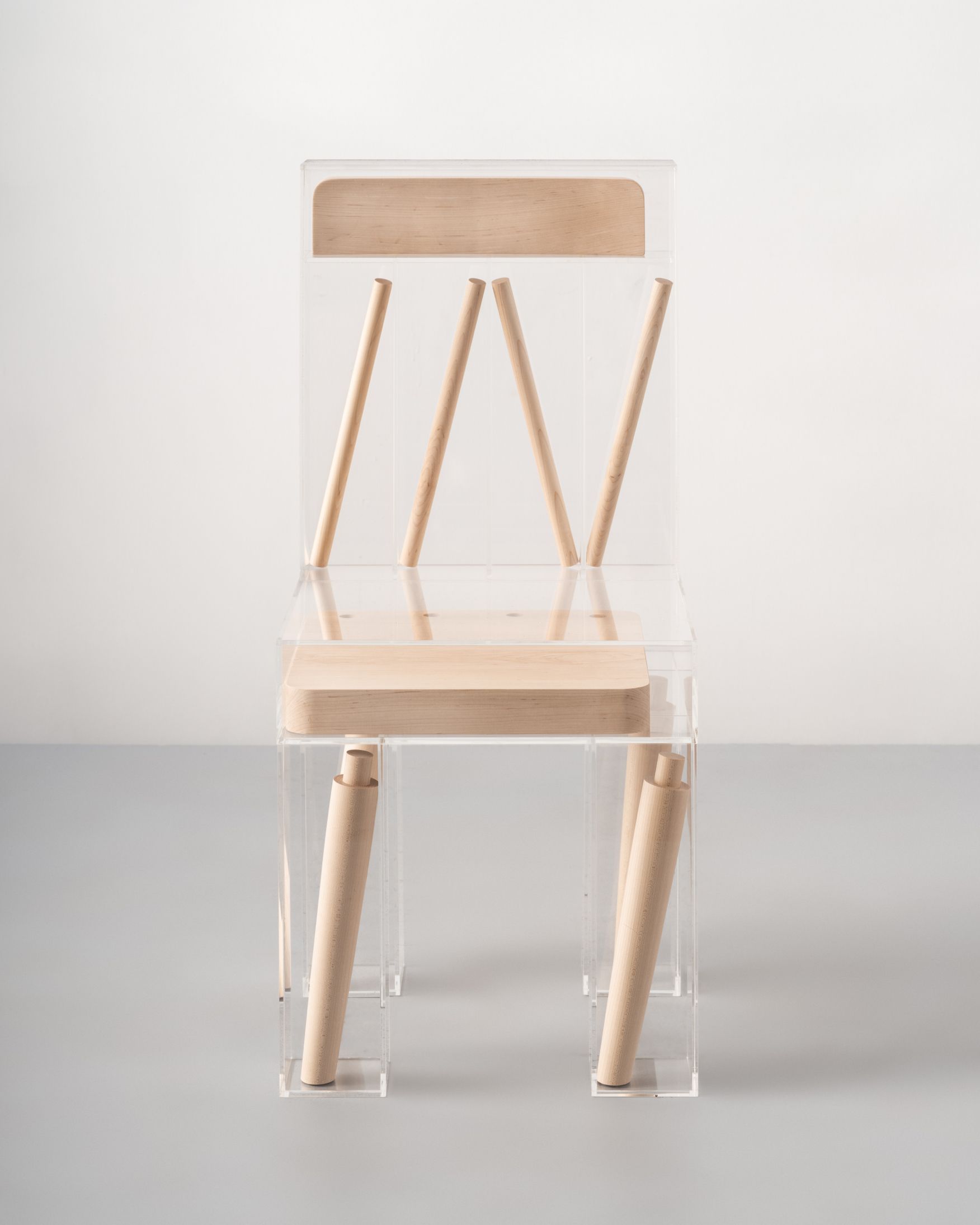
FROM LEFT: VOICES VESSEL BY RIVE ROSHAN AND EXPLODED CHAIR BY JOYCE LIN (BOTH 2023). 3D PRINTED IN SAND, THE VOICES VESSELS WERE CONCEIVED AS A TRIBUTE TO THE BRAVE VOICES OF IRANIAN WOMEN AND THEIR ALLIES CALLING FOR FREEDOM. THE NEW ITERATION OF LIN’S CHAIR, IN ACRYLIC AND WHITE OAK (“A CLASSIC HARDWOOD CLOSELY IDENTIFIED WITH AMERICAN HISTORY”) REFLECTS HER ONGOING FASCINATION WITH INTERNAL STRUCTURES AND MECHANISMS, AS WELL AS THE DESIGNER’S BROADER “EXAMINATION OF THE TENSION AND CONNECTION BETWEEN THE NATURAL AND THE MAN-MADE.”
At left: Photography by Design & Practice; Courtesy of Rive Roshan and Rademakers Gallery. At right: Photo by Joe Kramm; Courtesy of R & Company
Our planned programming will expand on the theme through workshops and discussions with international thought leaders that explore whose stories are told and how, through design. Wexler Gallery will present a conversation on expanding the design canon with a powerhouse lineup that includes Alisa Chiles, Jomo Tariku, Malene Barnett, Julia Halperin, Norman Teague, and Hamed Ouattara. Design Akademie Saaleck will present a student-focused workshop and a public-facing conversation exploring monuments, featuring the likes of Germane Barnes, Adam Nathaniel Furman, Jha D Amazi, and Nina Cooke John. And RISD President Crystal Williams will lead a conversation spotlighting exceptional women in design who place community building at the heart of their work. And so many more.
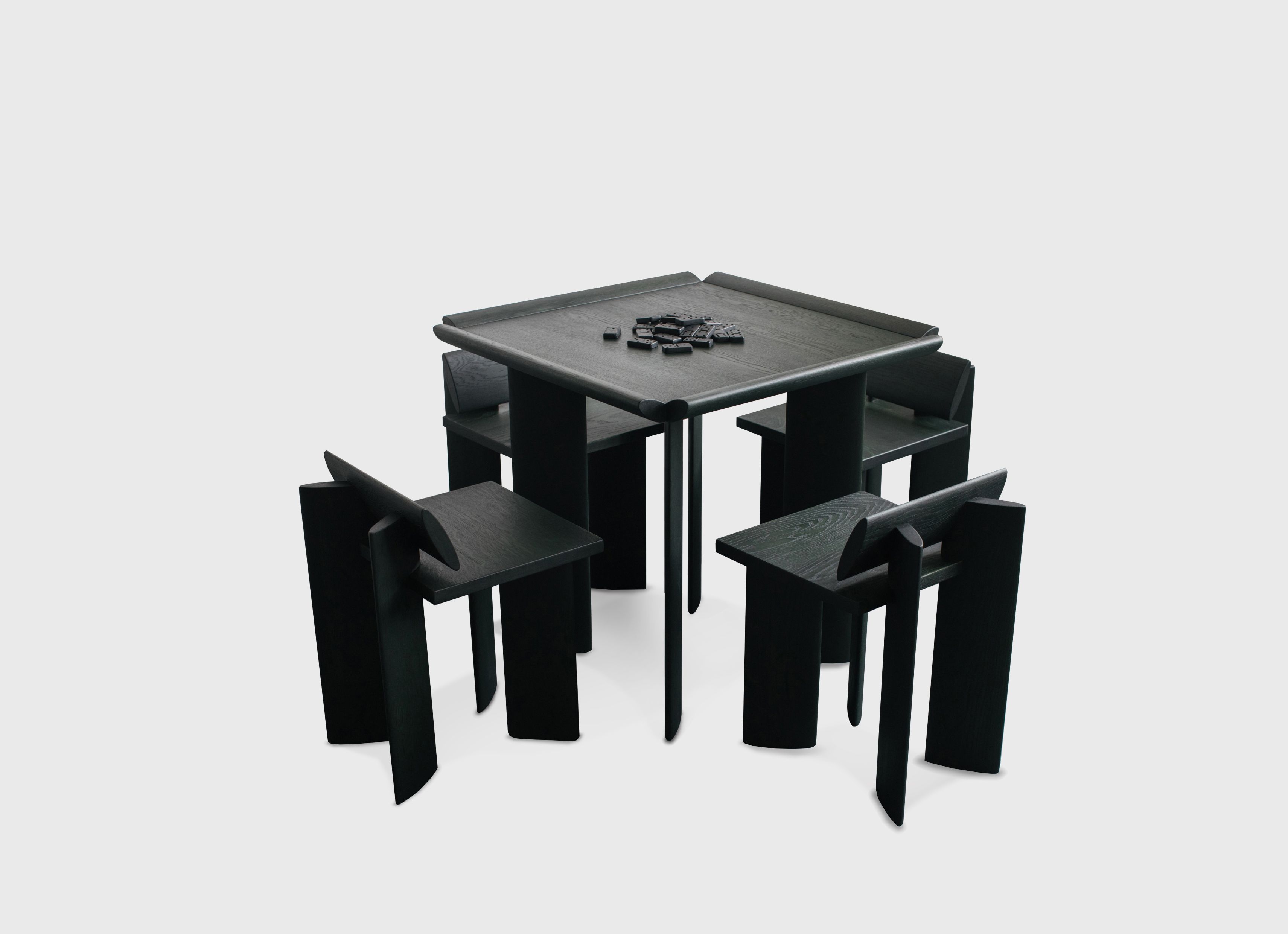
MAC COLLINS' UNCODED GAMES TABLE, STOOLS, AND DOMINOES SET WERE DESIGNED IN RESPONSE TO A SPECIFIC SETTING–THE WEST YORKSHIRE, 18TH-CENTURY FAMILY HOME OF PLANTATION AND SLAVE OWNER EDWIN LASCELLES—IN WHICH THE WORK WAS FIRST EXHIBITED. COLLINS’ DESIGN CONFRONTS THE HISTORY OF THE HOUSE AND THE LEGACY OF THE TRANSATLANTIC SLAVE TRADE. DRAWING ON HIS BRITISH JAMAICAN HERITAGE, COLLINS CENTERED DOMINOES—A GAME WITH DEEP CARIBBEAN ROOTS—IN "A CORRECTIVE ACT OF REPRESENTATION."
Photo courtesy of the artist and Side Gallery
Related Articles
IN THE MIX JANUARY 20 2026
Helping Hands: The Spector Craft Prize/ Glenn Adamson explores the vision behind the Spector Craft Prize–an itinerant, mentorship-driven initiative designed to sustain hands-on intelligence, champion emerging makers, and build a lasting community for American craft.
by Glenn Adamson
